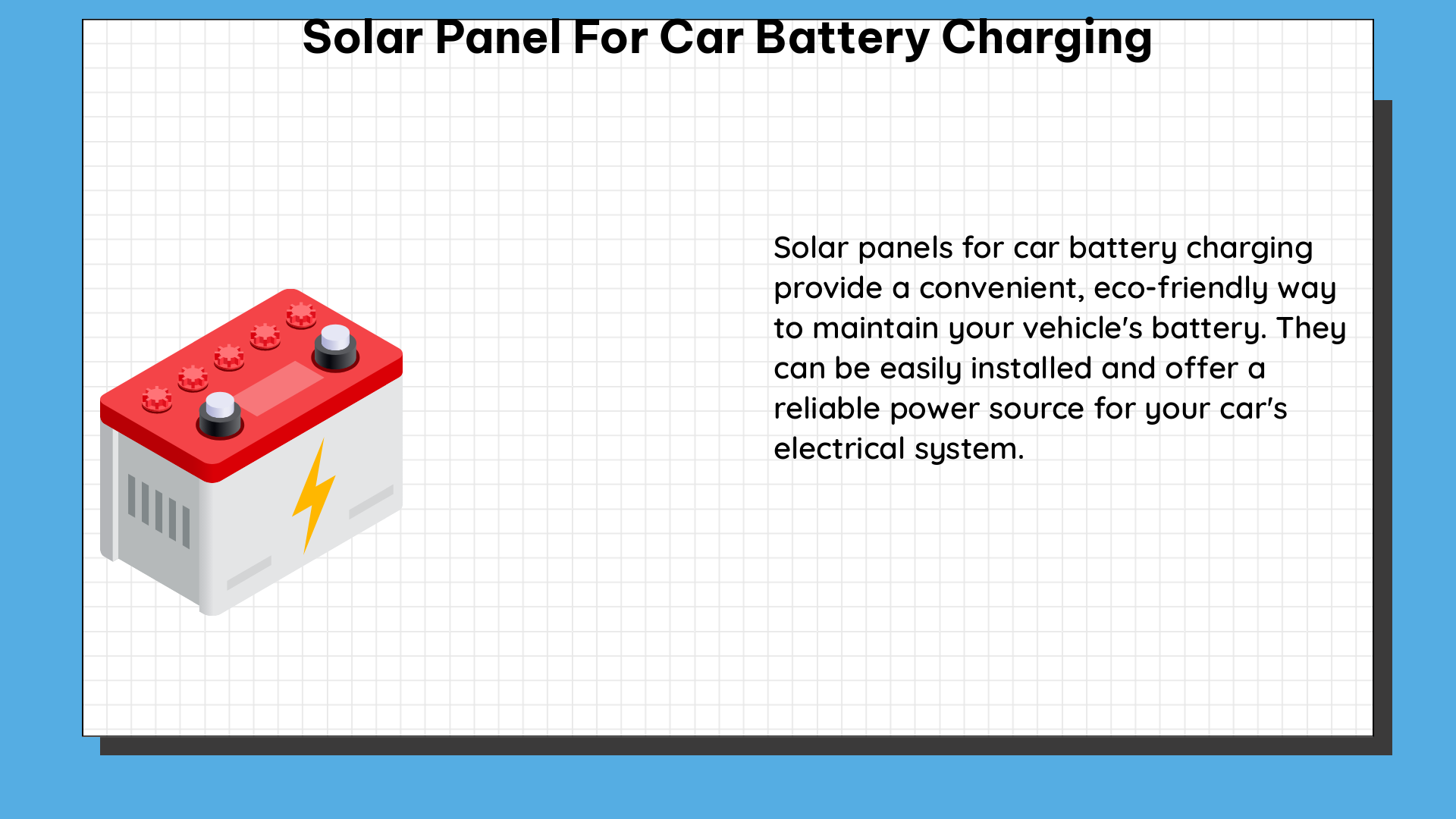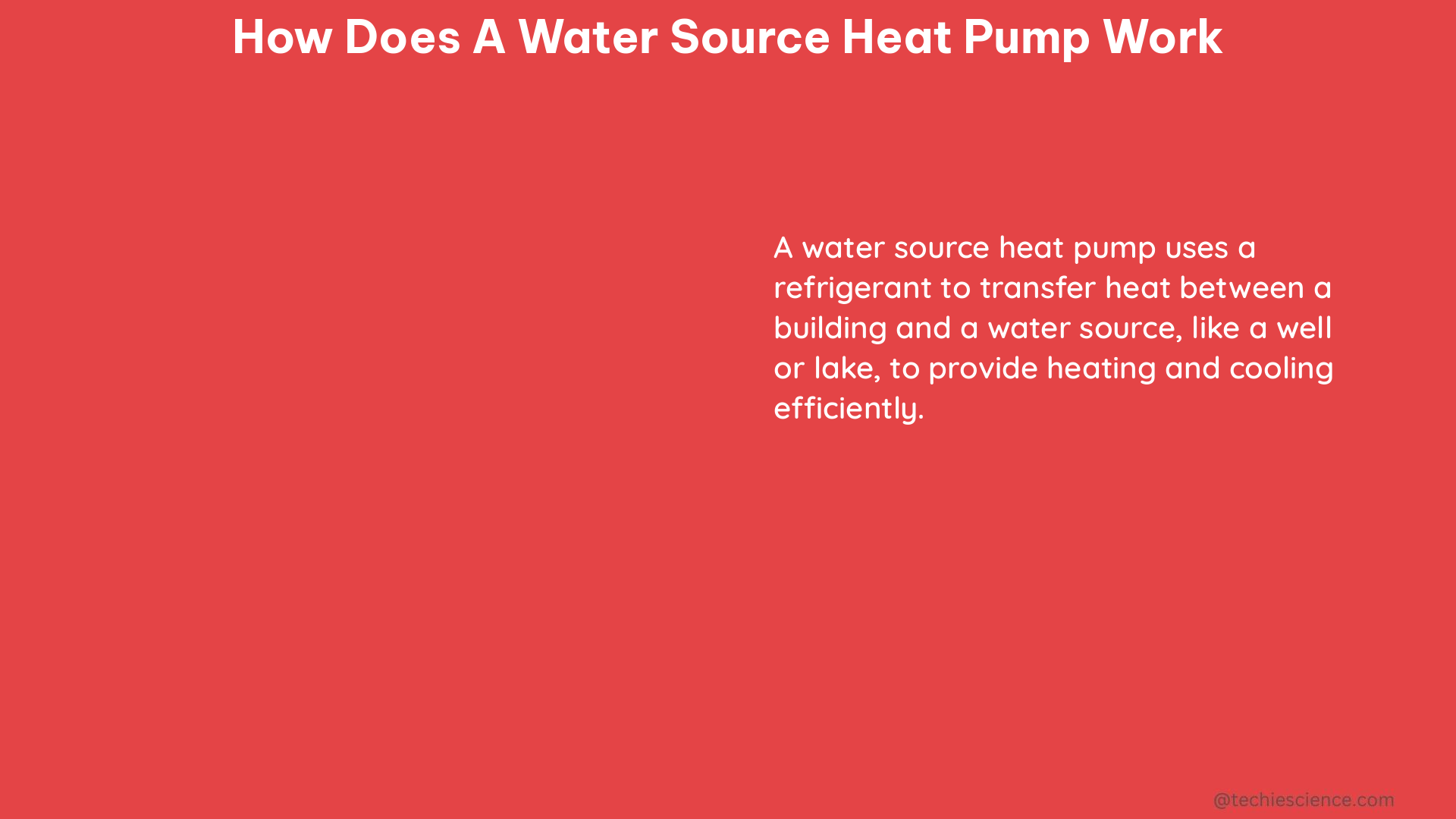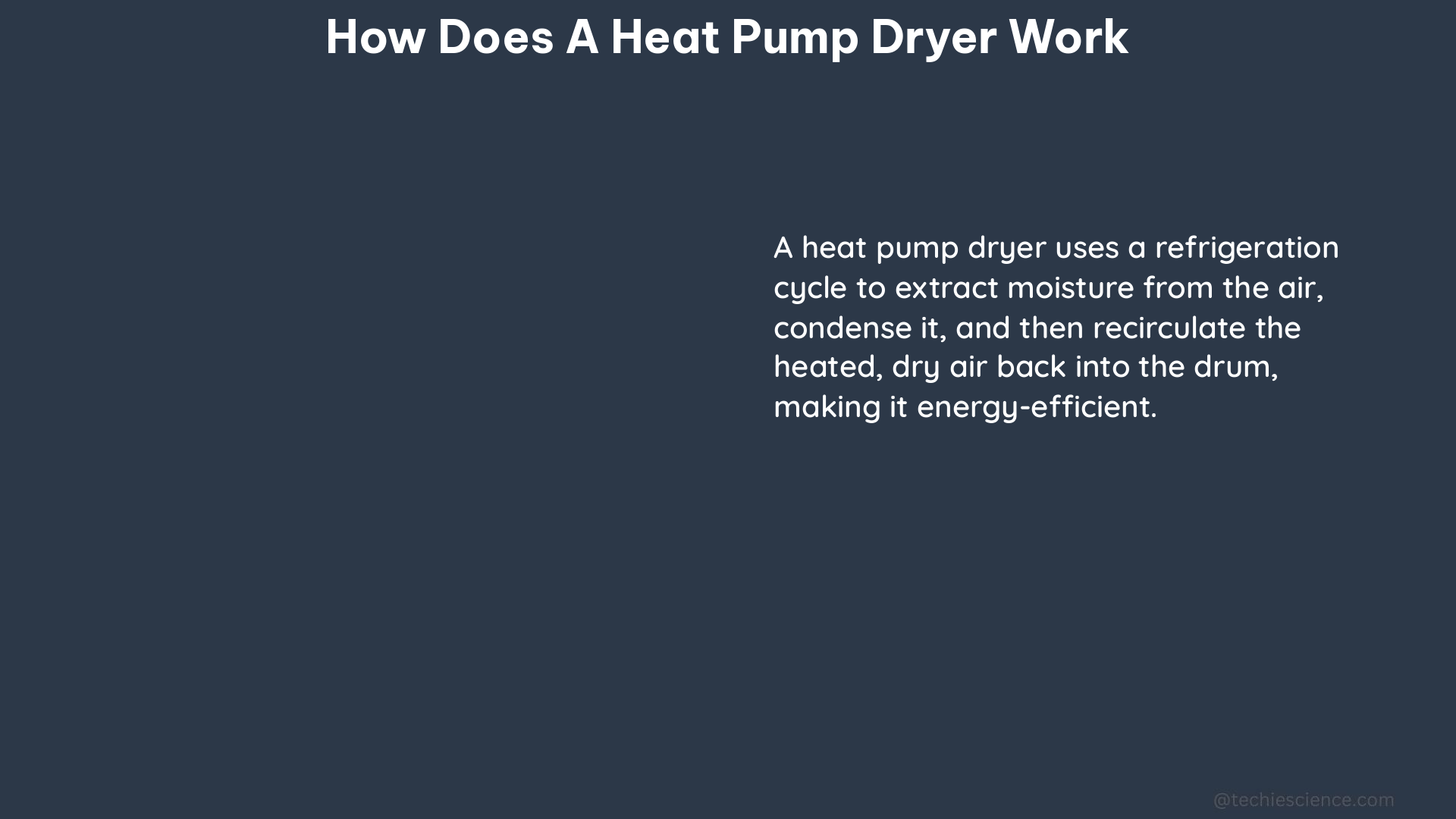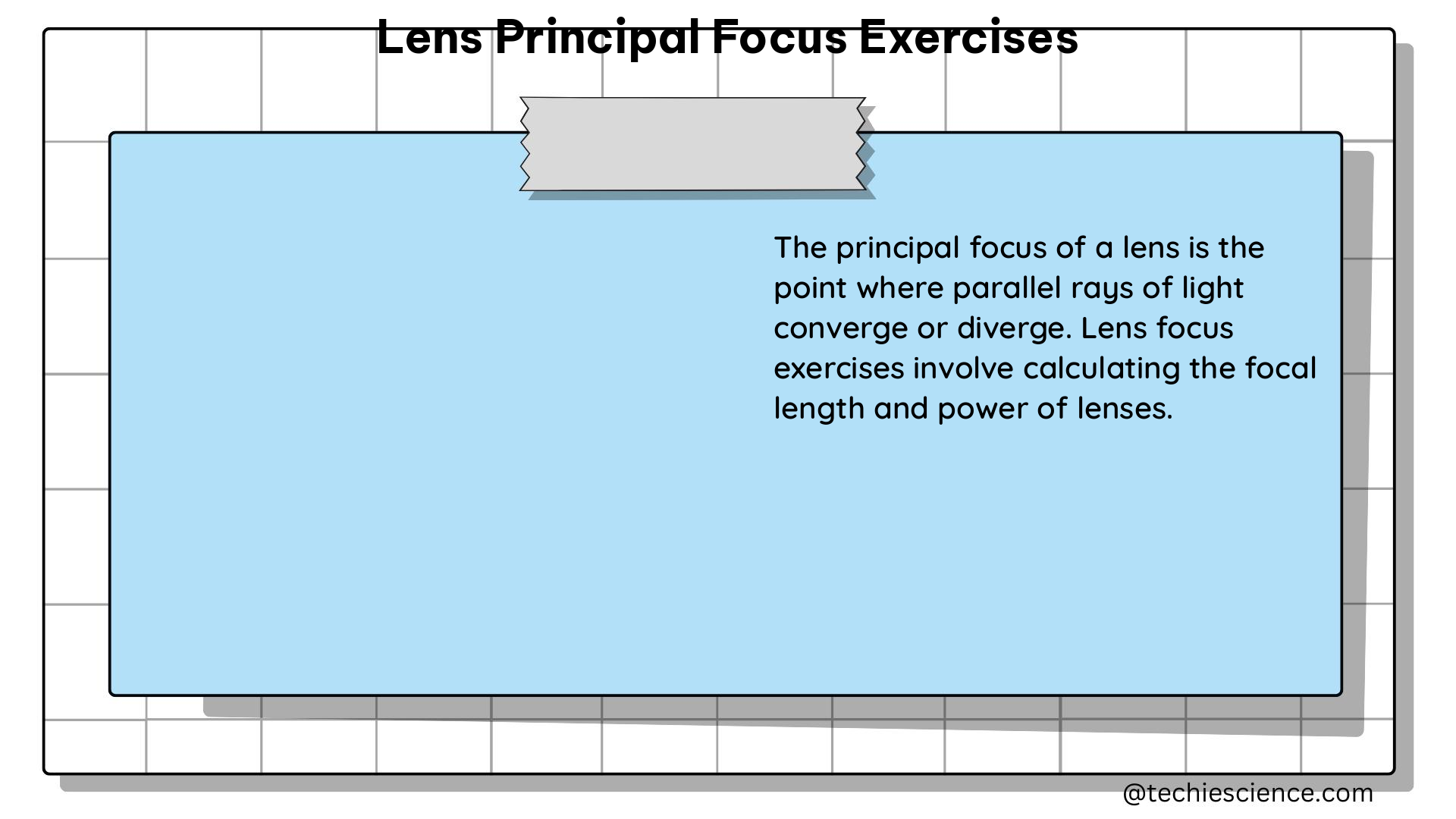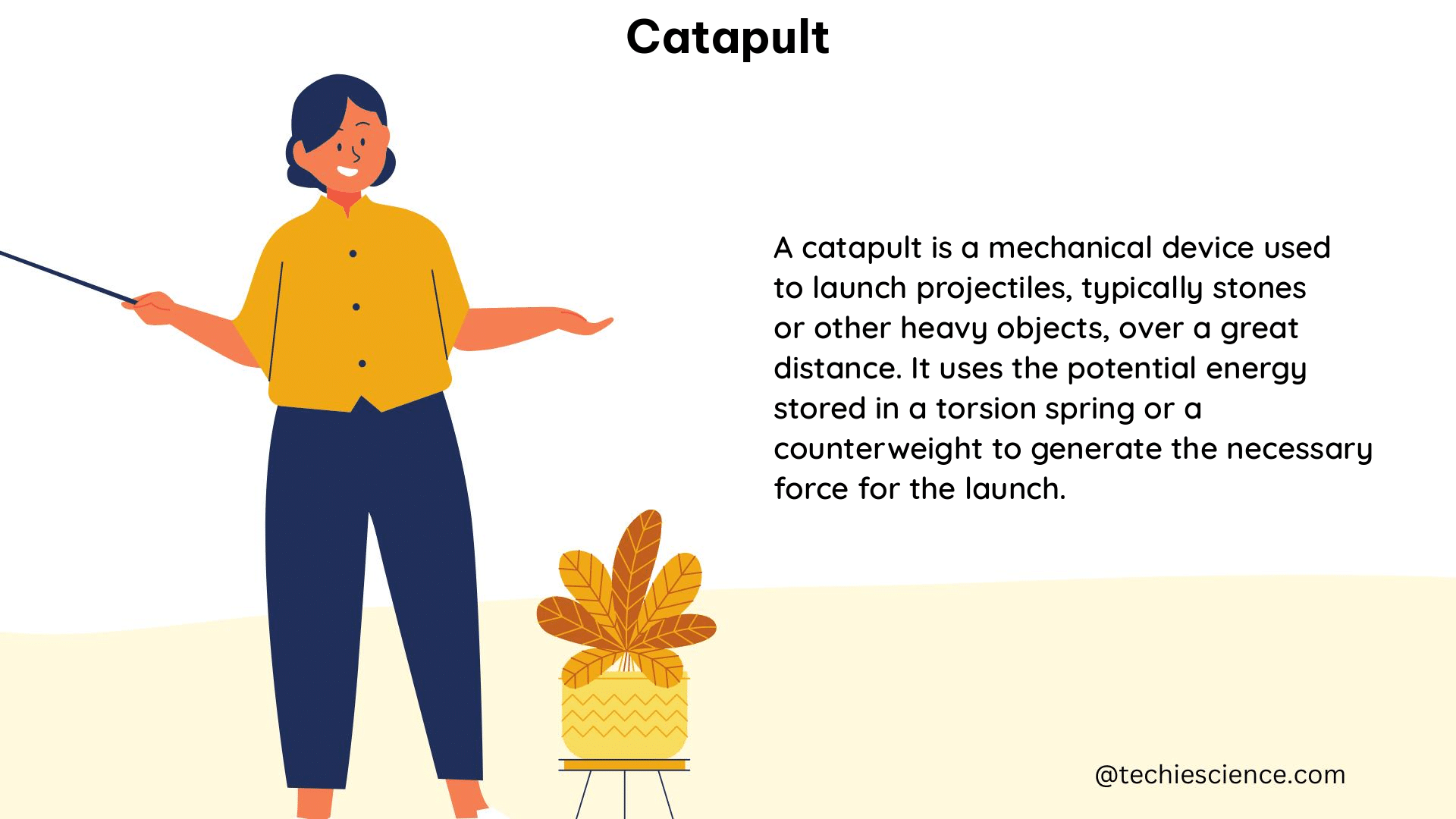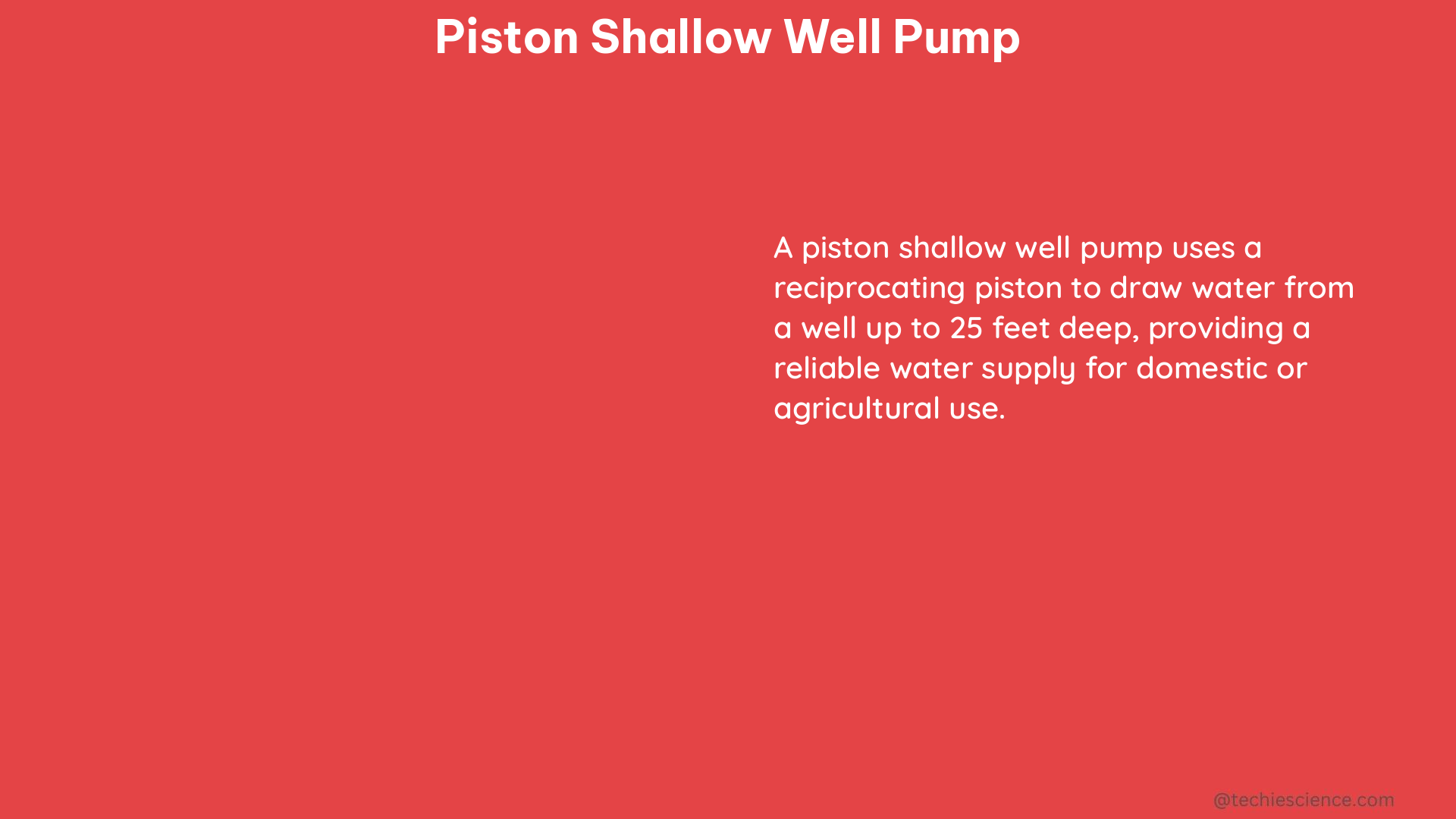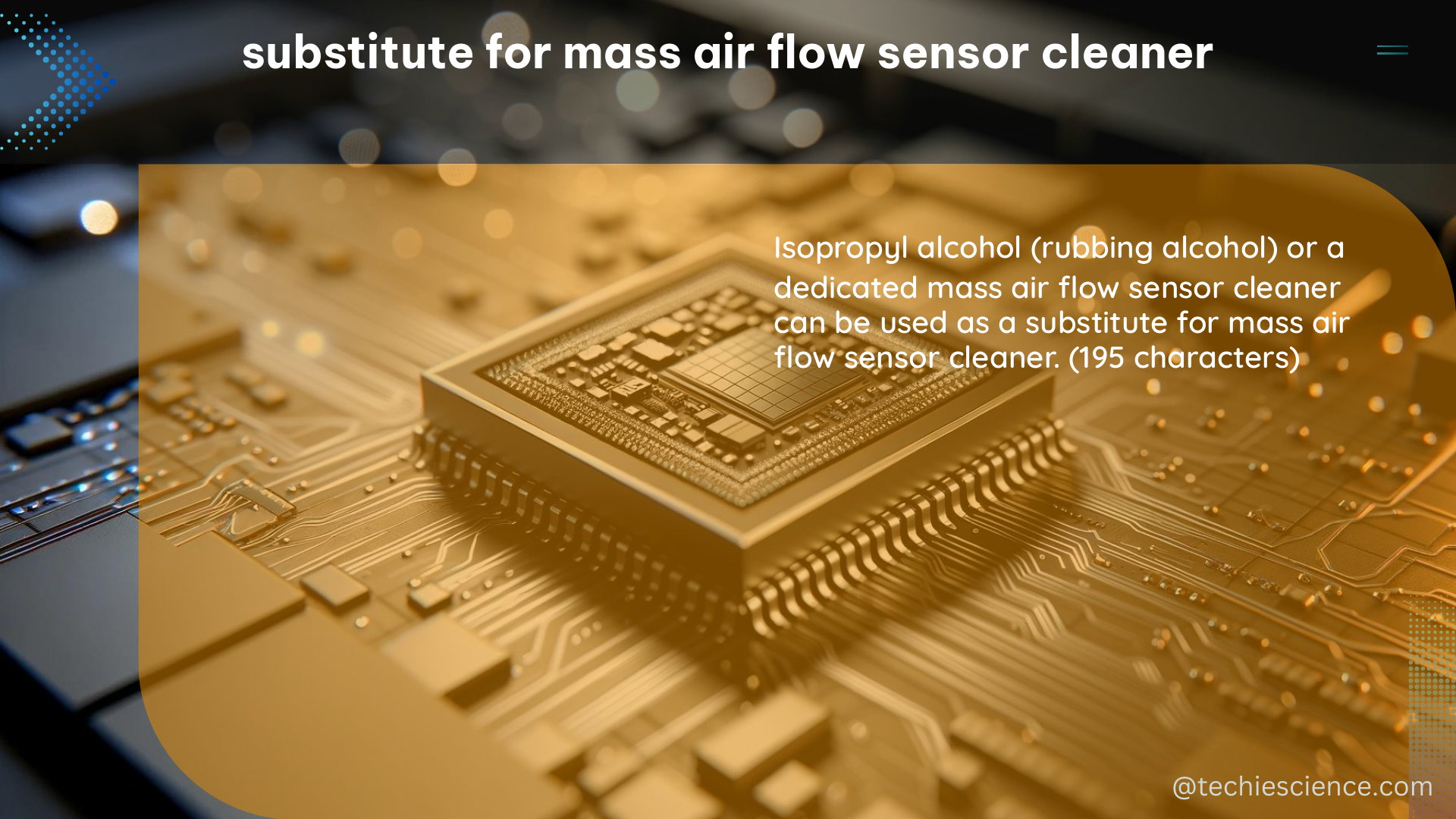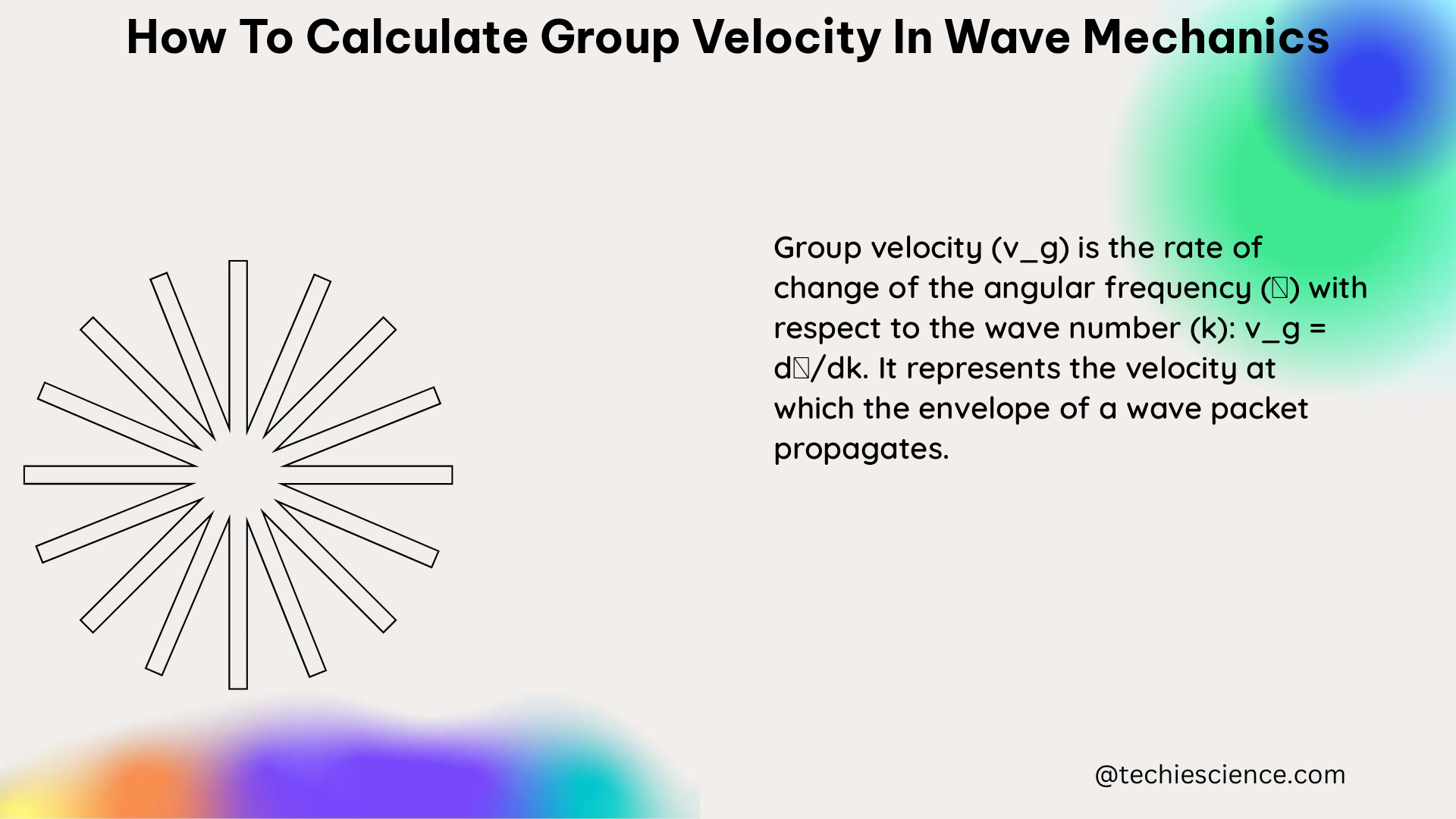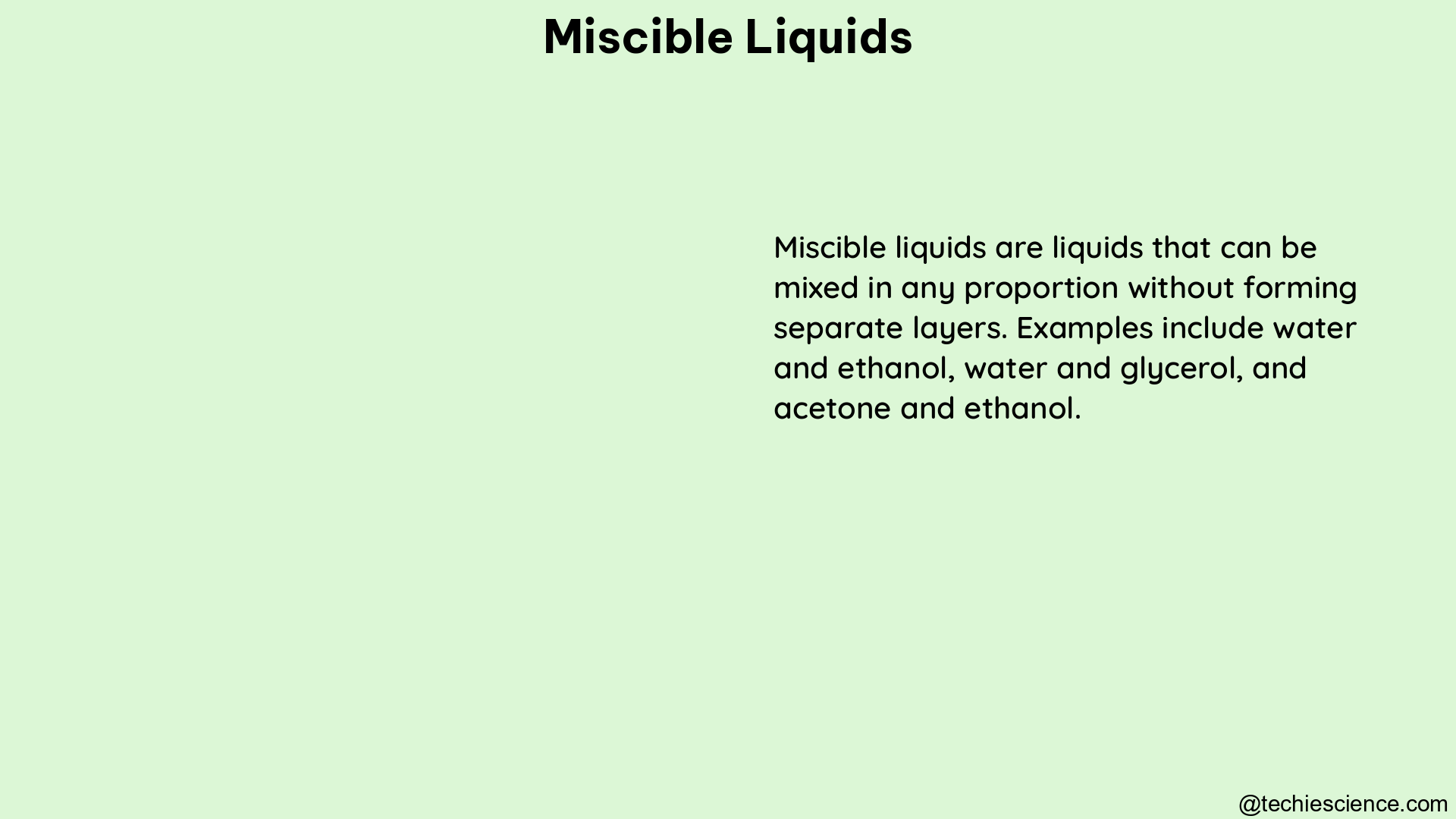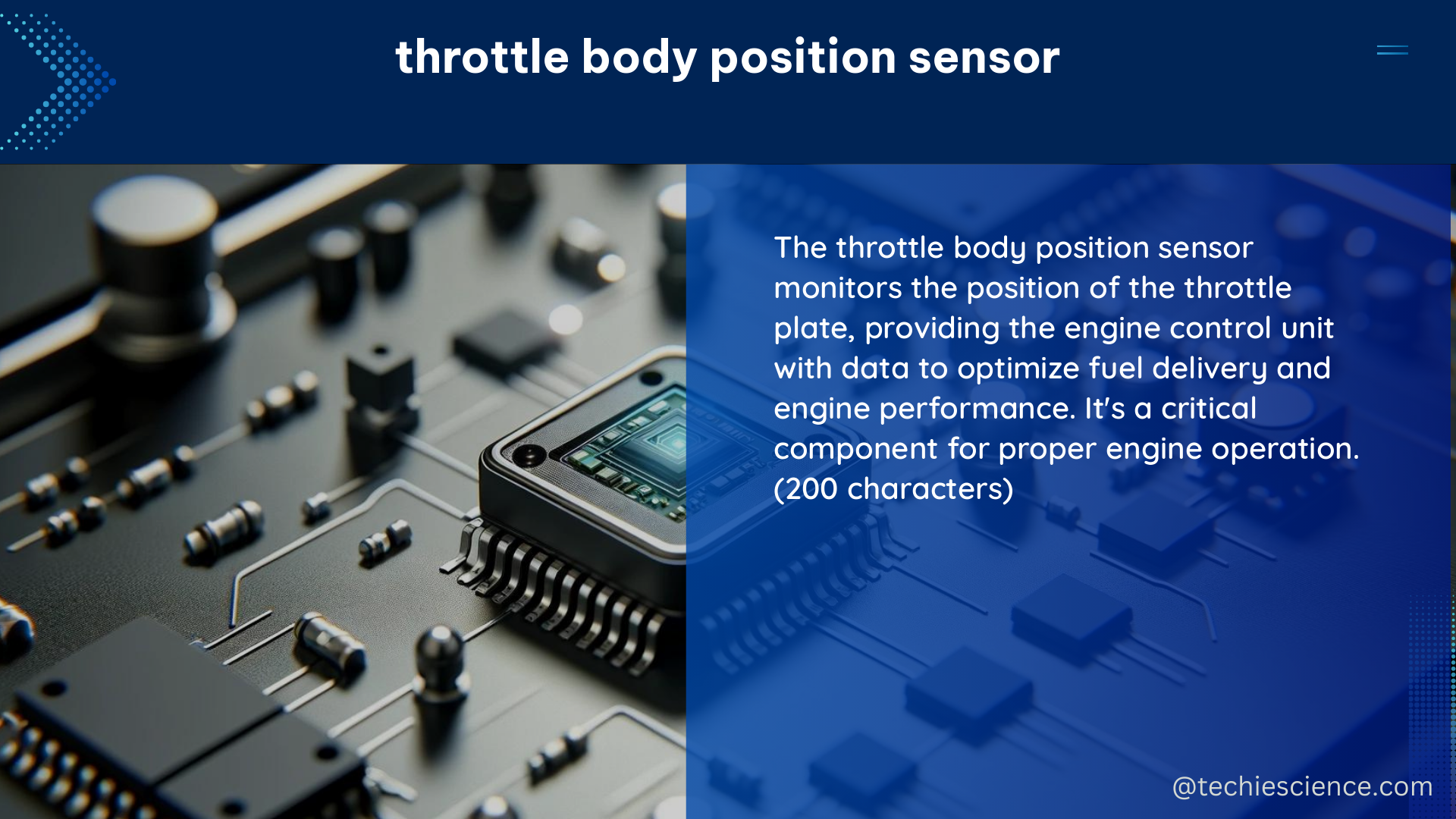A water source heat pump (WSHP) is a highly efficient heating and cooling system that utilizes water as the heat source or sink. The system works by transferring heat from the water to the indoor air during heating mode, and from the indoor air to the water during cooling mode. The key components of a WSHP include a compressor, an evaporator, a condenser, and a water loop, all of which work together to provide consistent and reliable heating and cooling performance.
The Compressor: The Heart of the System
The compressor is the central component of the WSHP, responsible for compressing the refrigerant and circulating it through the system. During the heating mode, the compressor compresses the refrigerant, causing its temperature to rise. The high-temperature, high-pressure refrigerant then enters the condenser, where it releases heat to the water loop. This process is reversed during the cooling mode, with the compressor compressing the refrigerant and causing its temperature to rise, which then enters the evaporator and absorbs heat from the indoor air.
The efficiency of the compressor is a critical factor in the overall performance of the WSHP. Compressors used in WSHPs are typically scroll or rotary compressors, which are known for their high efficiency and reliability. The compressor’s power consumption can range from 1 to 5 kW, depending on the size of the system and the heating/cooling load.
The Evaporator and Condenser: Heat Transfer Mechanisms

The evaporator and condenser are the heat transfer components of the WSHP. During the heating mode, the high-temperature, high-pressure refrigerant enters the condenser, where it releases heat to the water loop. The cooled refrigerant then enters the expansion valve, where its pressure is reduced, causing it to expand and become cold. The cold refrigerant then enters the evaporator, where it absorbs heat from the indoor air, causing it to evaporate and become a low-pressure, low-temperature vapor. The vapor then returns to the compressor, where the cycle begins again.
During the cooling mode, the process is reversed. The high-temperature, high-pressure refrigerant enters the evaporator, where it absorbs heat from the indoor air, causing it to evaporate and become a low-pressure, low-temperature vapor. The cooled air is then distributed throughout the building. The low-pressure, low-temperature vapor then enters the condenser, where it releases heat to the water loop.
The size and design of the evaporator and condenser coils are critical factors in the performance of the WSHP. Larger coils with more surface area can transfer heat more efficiently, but they also require more space and may be more expensive. The coil material, fin spacing, and airflow patterns all play a role in the heat transfer efficiency.
The Water Loop: The Heat Transfer Medium
The water loop is a critical component of the WSHP, as it provides a means of transferring heat between the indoor and outdoor environments. The water loop typically consists of a series of pipes that are submerged in a body of water, such as a lake, pond, or river. The water in the loop absorbs heat from the environment, which is then transferred to the refrigerant in the condenser during the heating mode, or from the refrigerant in the evaporator during the cooling mode.
The size of the water loop and the flow rate of the water are critical factors in the performance of the WSHP. A larger water loop and a higher flow rate will result in more efficient heat transfer and higher system performance. The water loop should be designed to provide a consistent flow rate and temperature, regardless of the external conditions.
The water loop can be either an open or closed system. In an open system, the water is drawn from a natural water source, such as a lake or river, and then discharged back into the same source. In a closed system, the water is recirculated through the system, with a heat exchanger used to transfer heat to or from the water.
The water loop can also be designed to take advantage of the thermal mass of the water, which can help to smooth out temperature fluctuations and improve the overall efficiency of the WSHP. For example, a large body of water, such as a lake, can act as a thermal reservoir, absorbing heat during the day and releasing it at night, which can help to reduce the heating and cooling load on the WSHP.
The Fan: Distributing Conditioned Air
The fan is the second largest user of electricity in the WSHP, and is designed in combination with the coil to provide the space with the proper amount of conditioning. The fan adjusts based on the call for heating or cooling, and is typically controlled by a thermostat or other control system.
The fan speed and airflow rate are critical factors in the performance of the WSHP. A higher airflow rate can improve the heat transfer efficiency of the system, but it also requires more energy to operate the fan. The fan design and placement can also impact the noise level and air distribution within the building.
The Refrigerant Path: Heating and Cooling Modes
The refrigerant follows a specific path through the WSHP system, depending on whether the system is in heating or cooling mode. During the heating mode, the refrigerant flows from the compressor to the condenser, where it releases heat to the water loop. The cooled refrigerant then enters the expansion valve, where its pressure is reduced, causing it to expand and become cold. The cold refrigerant then enters the evaporator, where it absorbs heat from the indoor air, causing it to evaporate and become a low-pressure, low-temperature vapor. The vapor then returns to the compressor, where the cycle begins again.
During the cooling mode, the process is reversed. The refrigerant flows from the compressor to the evaporator, where it absorbs heat from the indoor air, causing it to evaporate and become a low-pressure, low-temperature vapor. The low-pressure, low-temperature vapor then enters the condenser, where it releases heat to the water loop. The cooled refrigerant then enters the expansion valve, where its pressure is reduced, causing it to expand and become cold. The cold refrigerant then returns to the compressor, where the cycle begins again.
The valve in the WSHP system directs the flow of refrigerant based on whether the system is in heating or cooling mode. When the system calls for heating, the valve directs the flow of refrigerant to the condenser, where it releases heat to the water loop. When the system calls for cooling, the valve directs the flow of refrigerant to the evaporator, where it absorbs heat from the indoor air.
The valve body has a slider inside that shifts based on the call for heating or cooling. When the system calls for heating, the slider moves to the left so that the compressor discharge flows to the condenser. When the system calls for cooling, the slider moves to the right so that the compressor discharge flows to the evaporator.
Modeling and Simulation: Optimizing WSHP Performance
The uncertainty in heat pump models can result in a deviation of around 30.55% in the energy consumption. This highlights the importance of accurate modeling and simulation in the design and optimization of WSHP systems.
Accurate modeling and simulation can help to:
- Predict the energy consumption and performance of the WSHP system under different operating conditions.
- Optimize the size and design of the water loop, compressor, and other components to improve the overall efficiency of the system.
- Identify potential issues or bottlenecks in the system that may impact its performance.
- Evaluate the impact of different design choices, such as the type of refrigerant or the size of the coils, on the system’s performance.
By using advanced modeling and simulation techniques, WSHP designers and engineers can develop highly efficient and reliable systems that meet the heating and cooling needs of a wide range of buildings and applications.
Reference:
